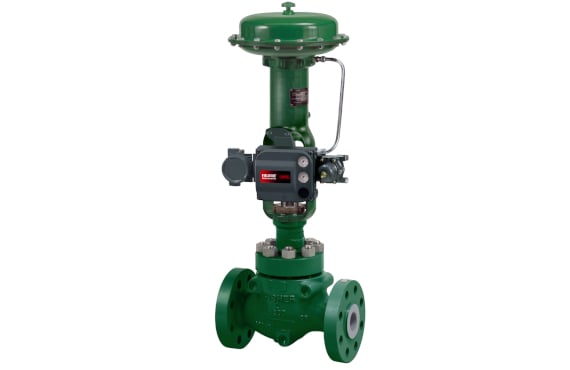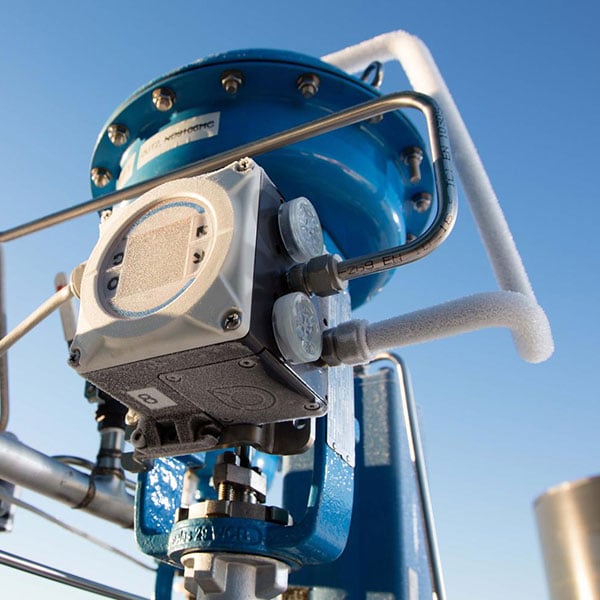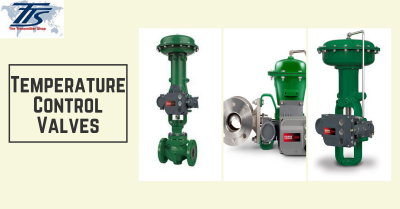Enhancing Functional Efficiency with Advanced Control Valves
Enhancing Functional Efficiency with Advanced Control Valves
Blog Article
Achieve Seamless Combination and Control With Top Quality Structure Automation Controls
In the world of modern building administration, the significance of top quality building automation controls can not be overemphasized. As modern technology remains to advance, the integration and control of numerous systems within a building have actually progressed to be a lot more efficient and innovative. The smooth operation and tracking of lighting, HEATING AND COOLING, security, and various other building features have actually come to be vital for enhancing owner comfort, power effectiveness, and total operational efficiency. However, the trip in the direction of achieving real integration and control is a complex one, with considerations varying from system compatibility to cybersecurity. Embracing high quality structure automation controls is not merely a matter of ease yet a critical essential for organizations intending to maximize their facilities' efficiency and sustainability.

Advancement of Building Automation Controls
Throughout the past few years, the advancement of developing automation controls has significantly transformed the method buildings are taken care of and operated. Initially, constructing automation systems mainly concentrated on basic functions such as managing ventilation, heating, and air conditioning (A/C) systems. As innovation progressed, these controls have actually become a lot more sophisticated, allowing for a broader range of structure systems to be incorporated and taken care of centrally.
The advancement of building automation controls has seen a change in the direction of more intelligent systems that can adapt to altering problems in real-time. This flexibility is vital for maximizing energy effectiveness and making certain occupant comfort. Furthermore, modern-day building automation controls now provide attributes such as predictive upkeep, remote tracking, and information analytics, making it possible for center managers to make data-driven decisions to enhance building performance.

Benefits of High Quality Assimilation
The development in structure automation controls towards even more smart systems has emphasized the substantial benefits of quality integration in maximizing building operations and enhancing overall performance. Quality integration of building automation controls uses numerous key advantages. It leads to boosted power efficiency by enabling various systems to function together seamlessly, making sure ideal performance and decreasing power wastefulness. Second of all, high quality combination boosts passenger comfort and efficiency by making it possible for customized control over environmental settings like temperature level, air, and lights quality. This modification can cause a much more comfortable and favorable working or living atmosphere. Additionally, high quality integration simplifies maintenance and repairing processes, as all systems are adjoined and can be kept an eye on and controlled from a centralized interface. This central control also gives better exposure and understandings into structure efficiency, enabling proactive upkeep and optimization approaches. Generally, the advantages of high quality integration in building automation controls are obvious, providing increased effectiveness, see this convenience, and operational effectiveness.
Enhanced User Experience and Availability
Enhancing individual communication with building automation manages via instinctive layout and boosted access elevates the overall experience for owners and center supervisors alike. By concentrating on customer experience, developing automation systems can end up being a lot more straightforward and reliable. Instinctive user interfaces, clear navigating, and adjustable settings equip individuals to communicate with the controls easily and efficiently.
Ease of access functions play a critical function in guaranteeing that all individuals, consisting of those with handicaps, can use the building automation controls easily. Incorporating features such as voice commands, responsive buttons, and color-contrasted displays can boost accessibility and make the controls more comprehensive.
In addition, enhanced individual experience causes higher customer contentment, increased productivity, and better decision-making. Residents can adjust environmental settings according to their choices, while center managers can efficiently manage and monitor structure systems - control valves. On the whole, prioritizing individual experience and availability in structure automation controls contributes to a more effective and smooth structure environment for all stakeholders involved
Lasting Practices Through Automation

Additionally, automation can help with the combination of renewable power sources such as solar panels or wind turbines into building procedures. With automation, structures can line up with contemporary sustainability goals and add to a greener future.
Future Trends in Building Control Solution
One popular fad forming the future of building control systems is the enhanced integration of Artificial Intelligence (AI) and machine learning. Additionally, the Web of Things (IoT) is transforming structure control systems by connecting gadgets and sensing units to improve procedures and boost efficiency.
Another essential fad is the emphasis on cybersecurity measures to protect versus possible hazards to developing automation systems. As buildings become much more interconnected, ensuring robust cybersecurity methods will be necessary to guard sensitive data and protect against unauthorized accessibility.
Furthermore, the shift towards cloud-based platforms is gaining energy, enabling for streamlined control and remote accessibility to structure systems. This assists in simpler monitoring, maintenance, and updates, enhancing the overall performance and flexibility of building control systems. As innovation remains to development, these trends are expected to shape the future landscape of building automation controls, driving technology and sustainability in the built setting.
Verdict
Future fads in structure control systems are likely to focus on additional improving automation capabilities for boosted power effectiveness and general performance. It is vital for building owners and drivers to prioritize the fostering of high quality building automation click to read controls to optimize structure operations and achieve lasting sustainability goals.
In the world of contemporary building monitoring, the relevance of quality building automation controls can not be overemphasized. In general, the advancement of building automation regulates proceeds to drive development in the structure management market, using brand-new possibilities for developing smarter and much more lasting buildings.
The improvement in structure automation controls in the direction of more smart systems has emphasized the significant advantages of high quality assimilation in enhancing structure procedures and improving total efficiency. On the whole, prioritizing user experience and access in building automation manages adds to a more seamless and effective building atmosphere for all stakeholders entailed.
It is essential for building proprietors and drivers to focus on the fostering of quality building automation manages to maximize structure operations and accomplish lasting sustainability objectives. - control valves
Report this page